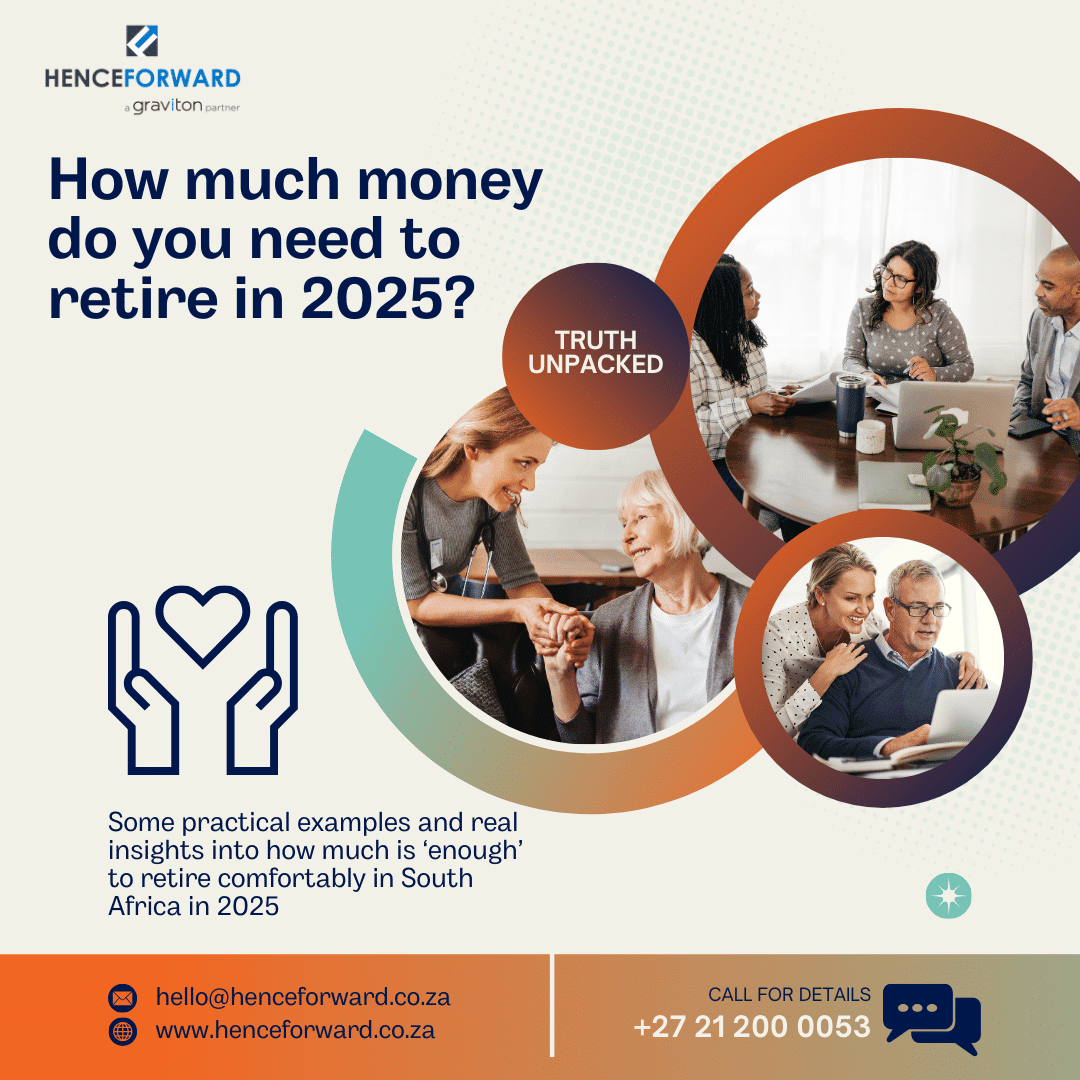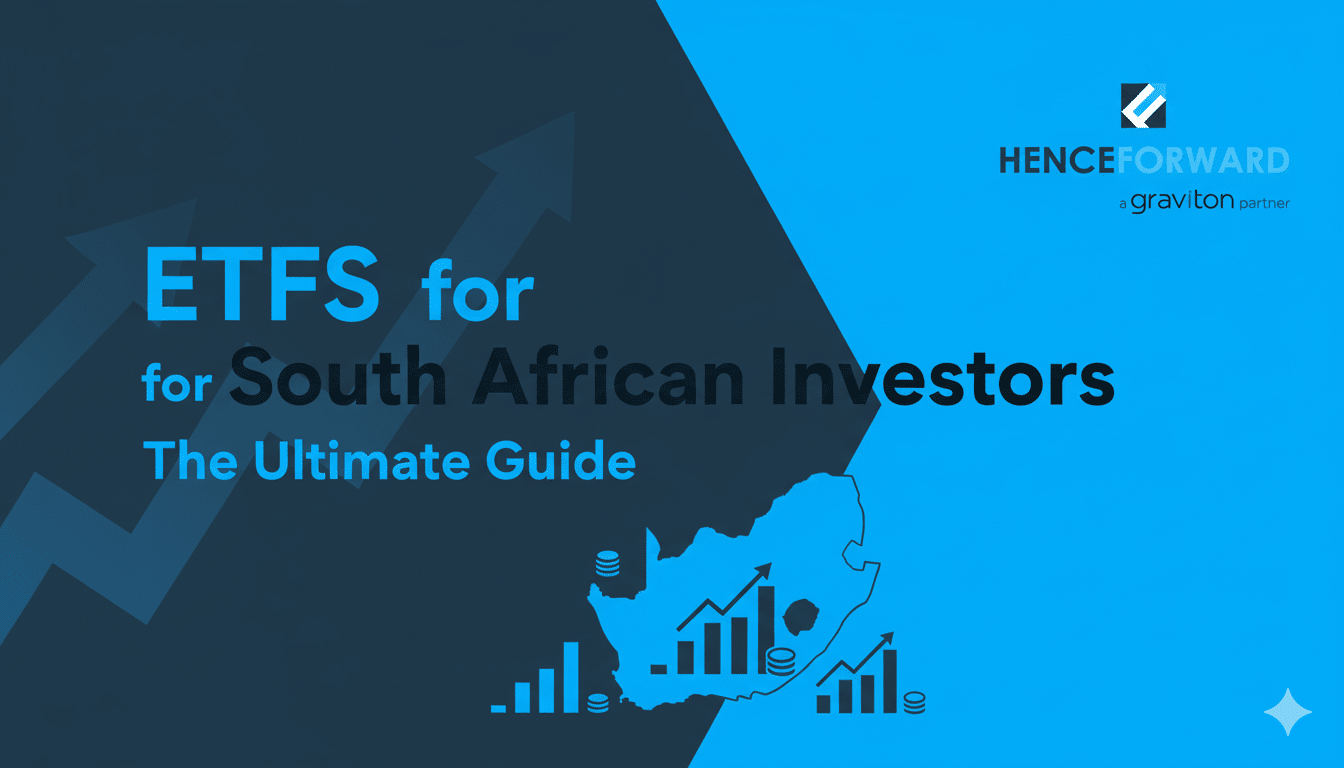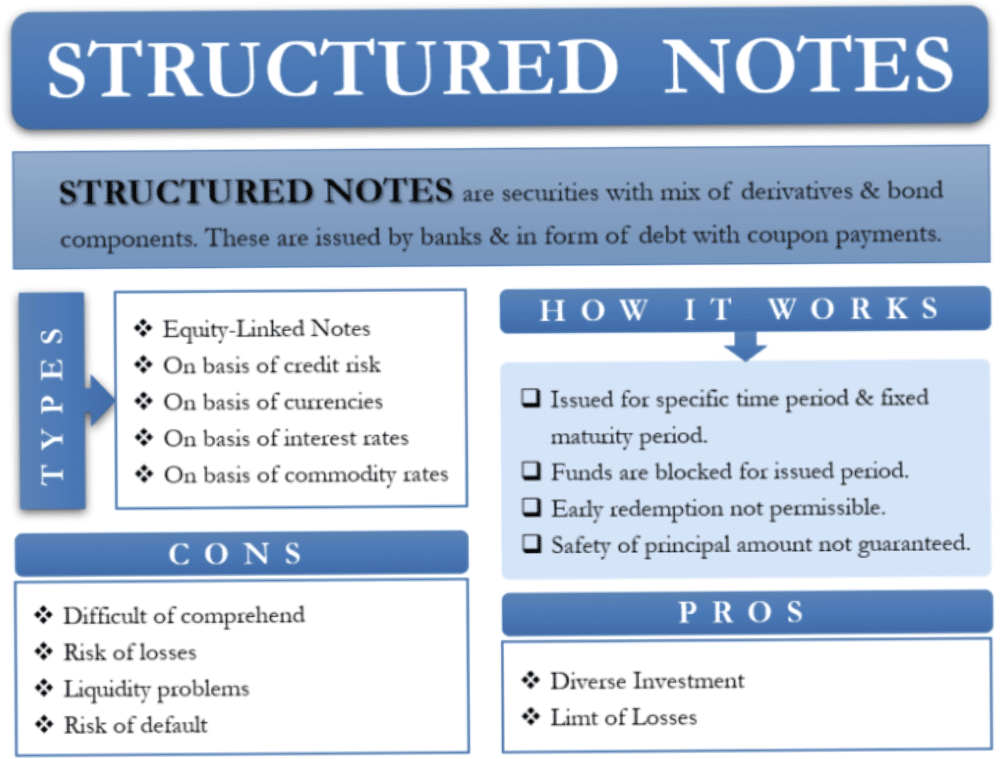Last Updated on 18/07/2025 by Carl-Peter Lehmann
The 10 Costliest Investment Mistakes (and How to Avoid Them): We all make investment mistakes — even the smartest investors. It’s rarely about intelligence. More often, it comes down to poor timing, emotional reactions, or not having a clear strategy in place. And sometimes, the biggest financial missteps happen not because we act, but because we fail to evolve. The good news? Avoiding just a few major pitfalls can dramatically improve your long-term outcomes. Here are 10 of the most common — and costly — investing mistakes we see among South African investors, and how to avoid them.

1. Chasing Past Performance
Investors love winners. And to be fair — one of the first data points we’re shown when assessing a fund or investment is past performance. It’s measurable. It’s easy to compare. But it can also be dangerously misleading.
Chasing last year’s top-performing fund or asset class is usually a losing strategy. Markets are cyclical. What outperformed last year could very well underperform the next. This kind of rearview investing often leads to disappointment.
A smarter approach? Focus on process, not headlines. Build a diversified portfolio with assets that serve a purpose — not just because they’re trending.
2. Failing to Diversify (Properly)
True diversification is about more than just holding a few funds. For South African investors, this mistake is amplified. Our local economy makes up less than 1% of the global market. Our stock exchange is narrow. And most people’s careers, property, and retirement funds are already tied to the local economy and the rand.
So, global diversification isn’t just a luxury — it’s a necessity. It helps reduce concentration risk, provides access to industries underrepresented locally (like global healthcare, tech, and consumer brands), and gives you exposure to growth engines outside our borders.
Further Reading: Offshore Investing 101 and Your Guide to Investing Offshore
3. Overreacting to Short-Term Market Moves
Market corrections, bear markets, and crises are part of the game. But acting on fear during these moments usually leads to poor decisions — like selling low or going to cash after a drop. These are often the moments where long-term returns are won or lost.
That said, while staying invested is key, it doesn’t mean doing nothing. Sometimes, significant structural changes are underway — in economies, sectors, or even entire asset classes — that require a reassessment of your portfolio. Asset allocation isn’t static.
And yes, having cash available to invest during periods of deep market stress — think Warren Buffett’s “dry powder” — can enhance long-term returns. The key is to act strategically, not emotionally.
The better path? Zoom out. Stay disciplined. Review your plan. And remember: time in the market matters more than trying to time it.
4. Ignoring Inflation and Real Returns
In an environment where money market rates are relatively high (at least on a nominal basis), it’s easy to be lulled into thinking you’re doing well. But if inflation is 6% and your return is 8%, your real return is only 2%. That’s not going to get you to financial independence. Plus there’s tax you’re paying on that interest!
Your investments need to grow faster than the cost of living. Long-term wealth creation comes from investing in growth assets — like equities — not just from preserving capital.
Further Reading: Weighing up the active vs passive investing debate in South Africa today
5. Investing Without a Plan (or Knowing Your Numbers)
One of the most damaging mistakes is not having a plan. Without one, it’s easy to drift into unsuitable products, misjudge risk, or get caught in fads.
But a good plan also needs numbers:
- What return do you actually need? (Often linked to an Inflation Plus benchmark (e.g. Inflation Plus 5).
- What are you currently earning? (This is your IRR — internal rate of return)
- Is there alignment?
The gap between expectations and actual returns is where most financial disappointments live. That’s why we track IRR for our clients — it creates clarity and accountability. Because in our industry, numbers can be easily obfuscated. Fact sheets might show benchmark-beating returns, but that’s not your return — it’s the fund’s. Know the difference.

6. Not Structuring Your Portfolio for Tax Efficiency
How you invest can be just as important as what you invest in. Too many portfolios are tax-inefficient — capital gains triggered unnecessarily, retirement funds underused, or endowments/life wrappers used in the wrong scenarios.
Done properly, structuring can reduce tax liabilities, preserve capital across generations, and improve after-tax returns. It’s not flashy, but it’s one of the most powerful tools in your planning arsenal
7. Paying Excessive Fees
It’s still common to see South African investors paying total EACs (effective annual costs) of 2.5% to 3% or more per annum — sometimes even higher when legacy products are involved. Advice fees of 0.5%–1%, platform fees, fund fees… it adds up.
High fees make achieving your target IRR harder — often impossibly hard. Over a 20-year horizon, they can erode hundreds of thousands in returns. If you’re paying premium fees, make sure you’re getting premium service, advice, and outcomes.
Do Read: Our approach to Fees and Why We Think Flat Fees Lead to Better Outcomes for our Clients
8. Confusing Timing with Valuation
You can’t time the market. But what you pay still matters.
Too many investors have become conditioned to believe markets only go up. But starting valuations affect future returns. Buying tech stocks in 2021 after a multi-year rally is very different to buying them in 2009 post-crash.
Instead of trying to time the market, focus on valuation discipline. Buy good assets at reasonable prices. Understand the long-term drivers of return — not just short-term noise.
9. Ignoring the Evolution of the Global Economy
Portfolios must evolve just like the economy does. We’ve moved from industrial giants to digital platforms and now into the age of AI. Many investors shunned tech for years, believing it was “too expensive” or “too risky.” That decision cost them.
But this isn’t a call to go all-in on the next hype trend. It’s about recognising structural shifts and ensuring your portfolio reflects where the world is going — not just where it’s been. Exposure to innovation and growth industries should be part of a forward-looking strategy, managed responsibly.
10. Not Understanding Yourself as an Investor
Behavioral finance is real. People panic. They chase. They freeze. And it’s often at the worst times.
Knowing your biases — loss aversion, overconfidence, herding — helps you guard against self-sabotage. One idea we like? Have a small “fun” portfolio for speculative punts. Scratch that itch. But keep your serious money boring, diversified, and disciplined.
FAQs on the 10 costliest investment mistakes to avoid
-
1. What’s the most overlooked investment mistake?
Not knowing your actual returns. Many investors assume they're doing better than they are. Your IRR — not just the fund factsheet — tells the real story.
-
2. How much offshore exposure should I have?
It depends on your personal circumstances, but typically 50–75% makes sense for high-net-worth South Africans, especially given local currency and political risks.
-
3. Are there still products charging 3%+ in fees per year?
Yes — and many investors are unaware. Always check your Total EAC, and benchmark it against what you're getting in terms of outcomes and service.
-
4. Should I be investing in AI now?
The AI trend is real and impactful, but it doesn’t mean you should blindly chase AI stocks. Sensible, diversified exposure — through global equity funds or ETFs — can give you access to innovation without speculative risk.
-
5. What’s a good benchmark return to aim for?
That really depends on your lifestyle goals, investment time horizon, and risk profile — which is exactly where solid financial planning comes in. A well-constructed plan helps you determine the personal return you need to achieve your long-term objectives.
For some, that may be CPI + 3%; for others, it might need to be CPI + 5% or more. Your benchmark isn’t just a market index — it’s the return that allows you to reach your goals sustainably, without taking on unnecessary risk. That’s the number to focus on, and where tools like IRR tracking become so important.
Conclusion: 10 Costliest investment mistakes
Most investment mistakes aren’t just technical — they’re emotional, behavioural, or due to a lack of clarity. But by avoiding these 10 common traps, you massively improve your chances of success. Investing is a game of discipline and alignment, not prediction and perfection.
At Henceforward, we help our clients build globally relevant, tax-efficient portfolios that are designed around goals — not products. With full transparency, clear IRR reporting, and advice grounded in evidence, not sales.

Looking to become a more confident, informed investor?
We’ve put together a practical, easy-to-read guide called The 8 Secrets to Investment Success — designed to help you avoid common mistakes, make smarter decisions, and build real long-term wealth. Whether you’re just getting started or looking to refine your strategy, this guide is packed with insights you can actually use.

Carl-Peter lehmann
Carl-Peter is a CERTIFIED FINANCIAL PLANNER® and Director at Henceforward, a Cape Town-based (with clients all over SA and many living internationally) wealth management firm specialising in retirement, investment, and offshore planning for high-net-worth individuals. With over 20 years of experience, CP is passionate about helping clients cut through the noise, avoid costly mistakes, and build resilient, purpose-driven portfolios that align with their goals.





